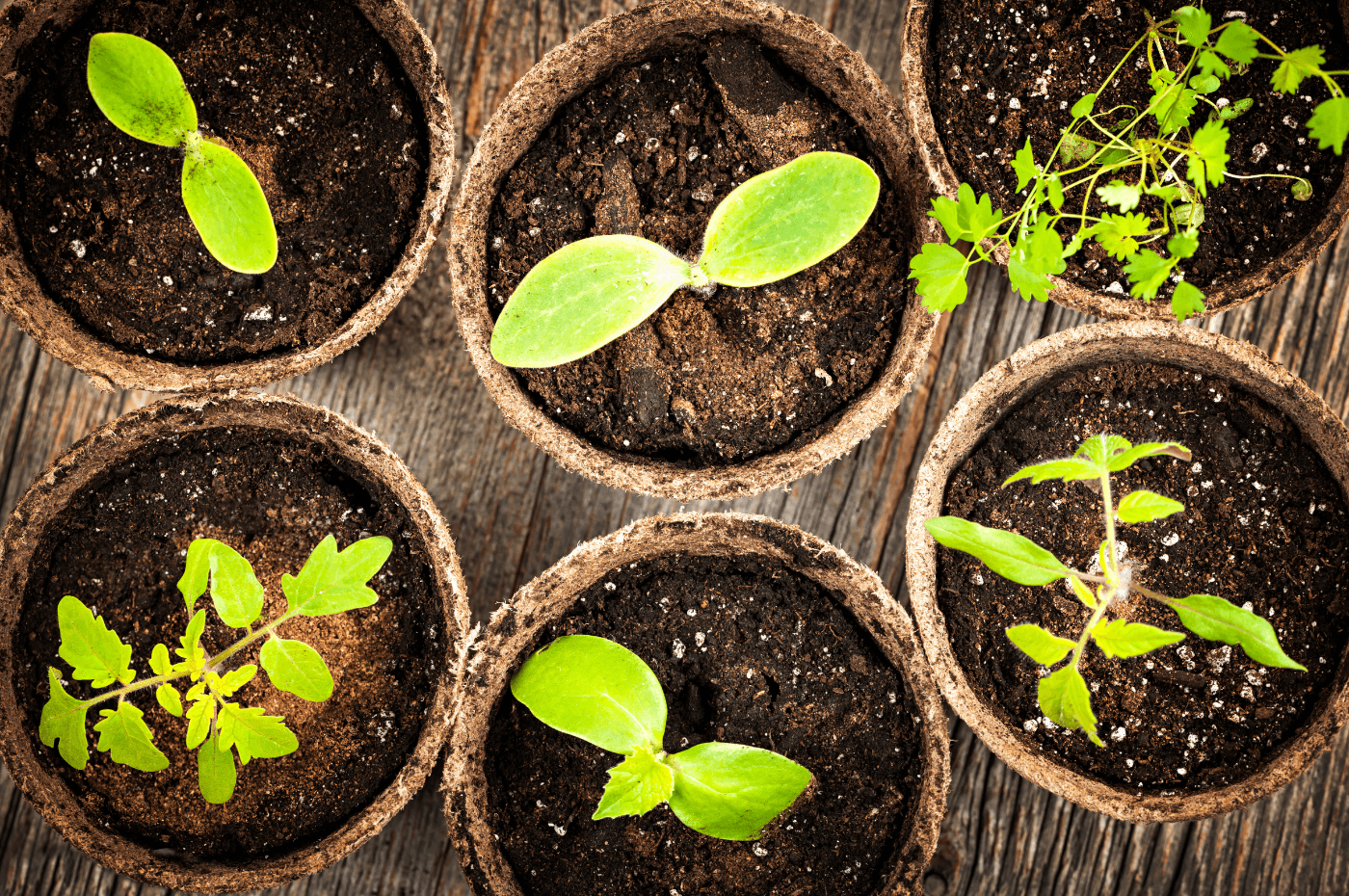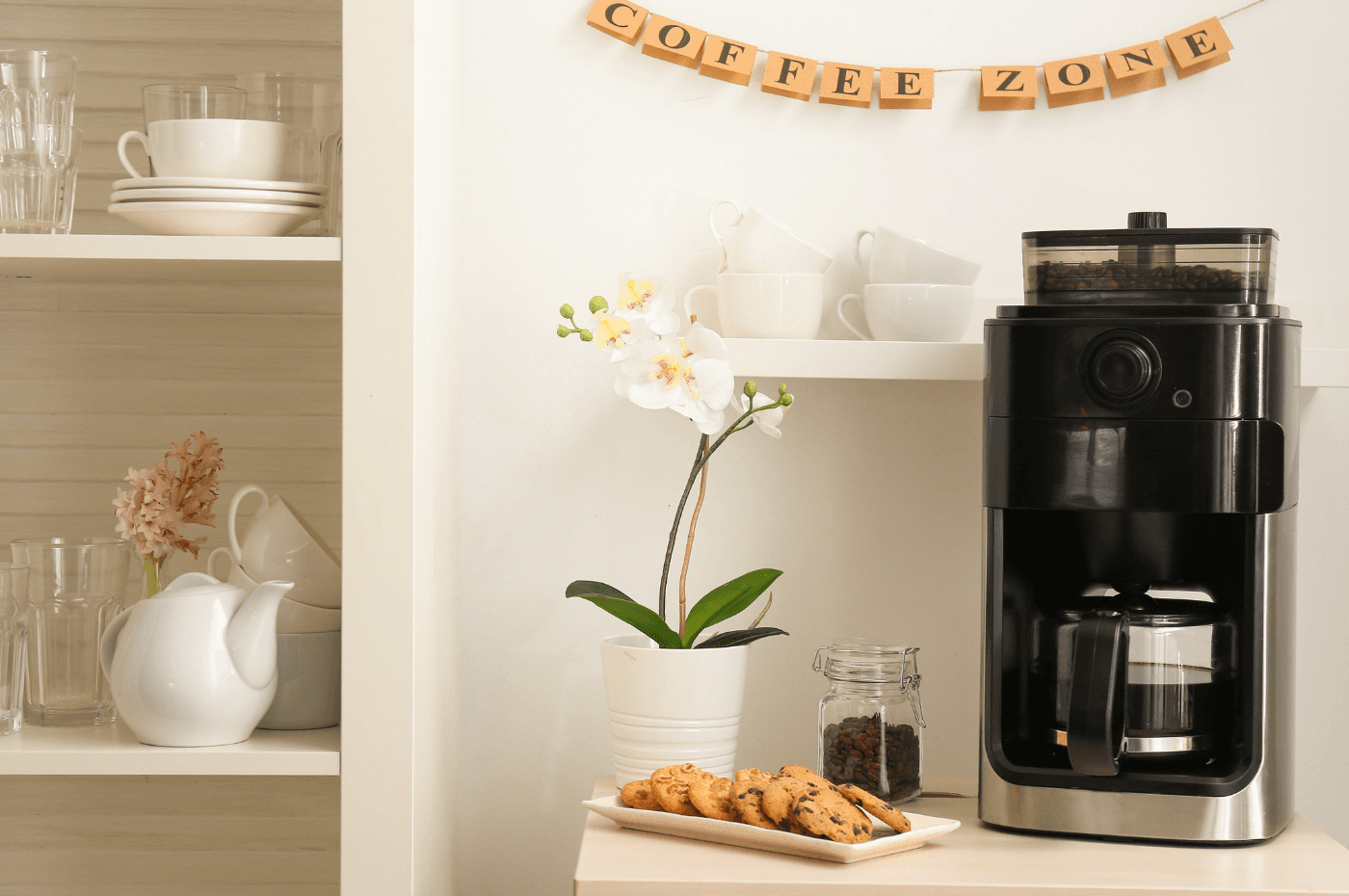Gardening is an exciting and rewarding summer activity. But it requires careful planning, especially when it comes to planting your seedlings.
Quebec's changing climate can pose several challenges for both amateur and professional gardeners. When to plant your seedlings? Should you wait for the last frost before planting them outdoors? Does the same rule apply to all vegetable varieties, seedlings, and crops?
Understanding the seasons and local weather conditions will help you maximize your garden's chances of success. That's why we invite you to discover the best times to plant your seedlings in Quebec, taking into account climatic variations.
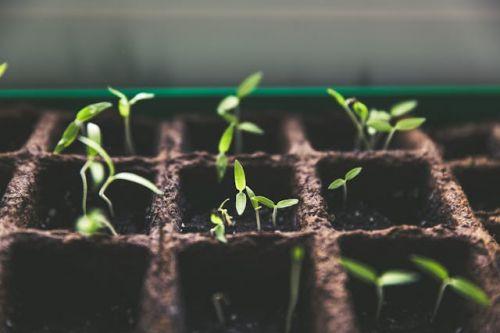
When to start seedlings indoors?
In Quebec, the arrival of spring marks the beginning of the gardening season. Once you've chosen your seedling varieties, you'll need to determine the right time to plant them.
For most vegetables, the ideal time to plant seedlings indoors is from early March to late April. This will allow them to develop sufficiently to be transplanted into your garden when the weather is milder.
There's no point in doing it any earlier: your seedlings could wilt and not be in the right condition to be transplanted outside.
What do you need to do?
First, gather all the materials you need to plant your seedlings: seeds, containers with drainage holes, appropriate potting soil, etc. Then follow these easy steps:
- Fill the containers to within an inch of the rim.
- Level the surface of the substrate and pack lightly.
- Distribute the seeds evenly, avoiding excess.
- Cover the seeds according to the recommendations for the varieties you have chosen. In general, the finer the seeds, the less they need to be covered. Some seeds don't need to be covered at all because they need light to germinate.
- Water by soaking the bottom of the container in water for 15 minutes.
- Cover the container with a plastic or glass lid.
- When seedlings appear, uncover the container.
- Transplant when the seedlings have grown sufficiently.
When in doubt, consult the recommendations on the seed packet you have.
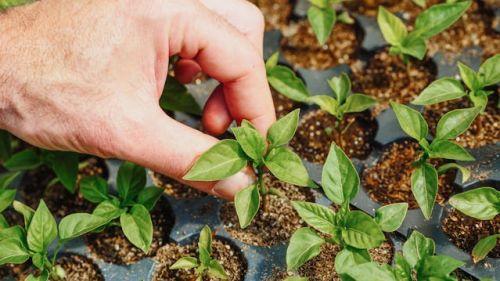
Transplanting seedlings
Transplanting your seedlings involves moving the seedlings to give them the space they need for proper growth and root development.
A young seedling can be transplanted when it has two true leaves. Waiting longer increases the risk of root entanglement and damage to the seedling.
To transplant your seedlings, start by watering them. Carefully separate them by holding them by a leaf, then plant them in a small container, covering them up to the first leaves. Don't forget to water and fertilize.
Note that some plants in the cucumber family, such as squash, melons, and pumpkins, do not respond well to transplanting. Also, some species, such as tomatoes, can be started directly in individual pots and don't need to be transplanted.
When to transplant outdoor seedlings?
While you're no doubt excited to see your vegetable garden take shape, it's important not to rush the process. Late spring frosts could wipe out all your efforts if you move your seedlings outside too soon.
The rule of the last frost
To determine the right time to transplant your seedlings, pay special attention to the climate in your area. As a general rule, we recommend waiting for the last frost before planting your seedlings.
In most regions of Quebec, the last frost usually occurs between the end of April and the beginning of May. After mid-May, the risk is significantly reduced.
However, temperatures can vary from region to region, and some areas may require more patience if you do not want to jeopardize the success of your garden. For greater certainty, be sure to check your local weather forecast.
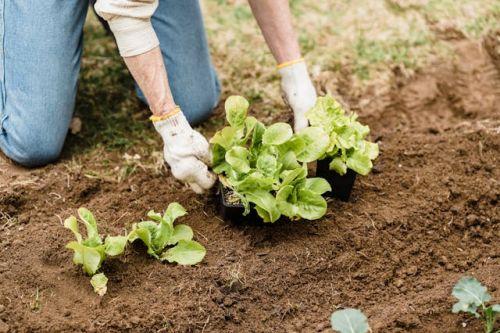
Vegetables that must be planted in the ground
Many types of plants cannot be sown indoors and must be planted directly outdoors. This is the case for certain cold-hardy vegetables that can be planted outdoors before the danger of frost has passed. These include the following
- Beets;
- Carrots;
- Spinach;
- Turnips;
- Parsnips;
- Peas;
- Radishes.
Summer crops
For more fragile summer crops, you'll need to wait until after the last frost to ensure milder temperatures and conditions conducive to growth.
Start your seedlings indoors in the spring so you can transplant them outdoors later, between May and June.
Fall seedlings
Some crops can be started in late summer to take advantage of a late harvest. For example, kohlrabi, lettuce, and mesclun can be planted in late August.
Others can be planted in the fall to prepare for next year's harvest. Garlic, for example, is usually planted in October.
Sowing calendar
| Vegetables | Indoor Planting | Outdoor Planting |
|---|---|---|
| Beans | Late May | |
| Beet | Late April | |
| Broccoli | Early April | Mid-May |
| Carrot | Late April | |
| Cauliflower | Early April | Mid-May |
| Celery | Mid-March | Late May |
| Cucumber | Mid-May | Early June |
| Eggplant | Mid-March | Early June |
| Garlic | October | |
| Kale | Mid-March | Early May |
| Lettuce | Mid-April | Late May |
| Onions | Early March | Early May |
| Parsnips | Late April | |
| Peas | Late April | |
| Pepper | Mid-March | Early June |
| Potato | Mid-May | |
| Radish | Late April | |
| Spinach | Mid-April | |
| Squash and pumpkin | Early May | Early June |
| Swiss chard | Early April | Mid-May |
| Tomato | Late March | Early June |
| Turnips | Late April | |
| Zucchini | Early May | Early June |
Because of the variety of crops and climatic conditions in your area, it's important to plan the ideal time to plant your seedlings. Don't forget to adapt the above tips to your specific situation to maximize your garden's chances of success.
Are you looking to buy a home this summer?
XpertSource.com can help you find a real estate expert. When you tell us about your project, we put you in touch with qualified resources for free. Simply fill out our form (it only takes a few minutes) and we will connect you with professionals.

